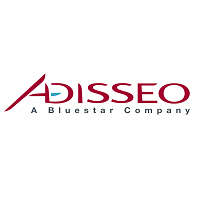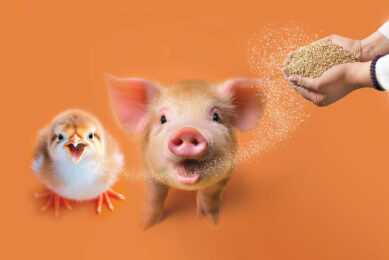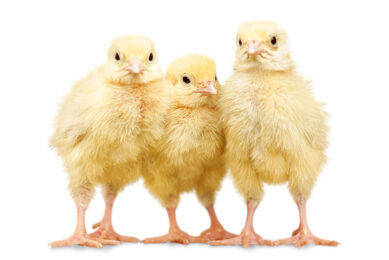Selenium reserves ensure better broiler performance

While modern broilers have been selectively bred for superior performance in terms of feed efficiency, growth rate, and meat yield, producers often overlook the fact that this higher level of performance coincides with an increase in general metabolic, intestinal and immune stress. Replenishing broilers with supplemental dietary selenium (Se), in the form of hydroxy-selenomethionine (OH-SeMet), can help resolve these pressures.
When adding Se to the feed, it is important to consider both the source and form of Se so as to ensure that the Se is effectively absorbed, stored and utilised by the broiler in times of need. While layer birds are more like long-distance runners, broilers are like sprinters. In about 6 weeks, the birds’ feed intake and growth rate increase. With this high performance, there is an increase in their oxidative metabolism and excessive production of free radical metabolites at the cellular level. These metabolites are extremely reactive, and in turn damage biologically relevant molecules such as DNA, proteins, carbohydrates, and lipids in the cells when they accumulate. An accumulation of these metabolites leads to what is called an imbalanced redox state, which is also known as oxidative stress. Oxidative stress will induce a wide range of problems at the cellular level, which in turn will have a direct impact on health, in terms of compromised immunity, inflammation, impaired gut health, etc. and worse overall animal performance.
Extra pressure of redox balance and its impact on the immune system
Redox balance refers to the ability of the body to maintain a dynamic equilibrium between the production of free radical molecules and the antioxidant system’s activities that mitigate them. In contrast to general thinking, free radicals are not all bad; they are essential signalling molecules that activate response pathways in and between cells throughout the body, such as the immune system. It is true that overproduction of free radicals, without the body’s ability to maintain a balance between synthesis and inactivation of the radicals, will often exacerbate negative physiological responses, thus compromising cellular health, function, immunity, and animal performance.
The redox balance is also pressured by an increasing number of challenges that the modern broiler must cope with, such as heat stress, high stocking density, reduced use of antibiotics, etc. These challenges require extra attention to management and nutritional solutions to keep diseases under control and maintain a high health status. Several antioxidants such as: vitamins, selenium (Se), carotenoids, flavonoids, etc. are essential to keep the redox balance functioning. Among these, Se is a critical part of the body’s antioxidant defence, as it is incorporated into selenoproteins that directly and indirectly support the various antioxidant systems throughout the body, thus counteracting the effects of oxidative stress.
Source and form matter
While supplementing Se in broiler feed has been standard practice since 1974, it has become much more important for modern broiler production. Selenium can be supplemented either as an inorganic form (sodium selenite or selenate) or 2 organic forms:
- from fermentation (seleno-yeast) and
- pure, chemically synthesised forms of organic Se (SeMet or hydroxy-selenomethionine; OH-SeMet).
The inorganic Se sources have low bio-efficacy, while the organic sources are known to have higher bio-efficacy. The difference between the sources and their bio-efficacy is driven by their SeMet content, as this is the only form of Se that can be stored in the body, ultimately serving as an assurance/insurance policy that can be readily mobilised by the bird in moments of stress.
Se reserve as an insurance and assurance
Inorganic Se is adequate to support normal cellular functions under non-stressful conditions; however, during stress, 2 key things take place:
- The requirement for selenoproteins increases and
- The broiler’s feed intake decreases/ceases.
To satisfy the body’s need for Se as selenoprotein, synthesis is ramped up and it is essential that the body’s reserves of SeMet are built up safely and to a meaningful level. The buildup of SeMet, as mentioned before, allows the body to meet its own Se requirement for selenoprotein synthesis. Without SeMet reserves, selenoprotein synthesis is significantly restricted, which means that the antioxidative machinery that fights oxidative stress is unable to work efficiently. This body’s SeMet reserve can be seen as an insurance policy that can be mobilised and used ‘on demand’ by the broiler as needed.
Several commercial and controlled broiler studies, under challenge, have confirmed that when pure organic Se in the form of OH-SeMet (Selisseo, Adisseo) is fed, selenoprotein synthesis, redox and immune status, as well as performance are maximised when compared to inorganic or seleno-yeast Se sources.
Large data set confirms efficacy
A recent study published by Sun et al. (2021) delved into the efficacy of OH-SeMet in broilers under challenging conditions (high stocking density and heat stress) in China. In the experiment, Se was supplemented at 0.3 ppm either from OH-SeMet, sodium selenite (SS) or seleno-yeast (SY). After 6 weeks on the experimental treatments, OH-SeMet enhanced the Se concentration in the pectoral muscle by 139% compared to SS and 78% compared to SY. The broilers fed the 2 organic forms of Se, and in particular those fed OH-SeMet, had better intestinal morphology as indicated by increased villus height/crypt depth ratio in the duodenum, jejunum and ileum (Figure 1).
Figure 1 – Effects of different sources of Se on gut morphology, gut integrity and immune response.
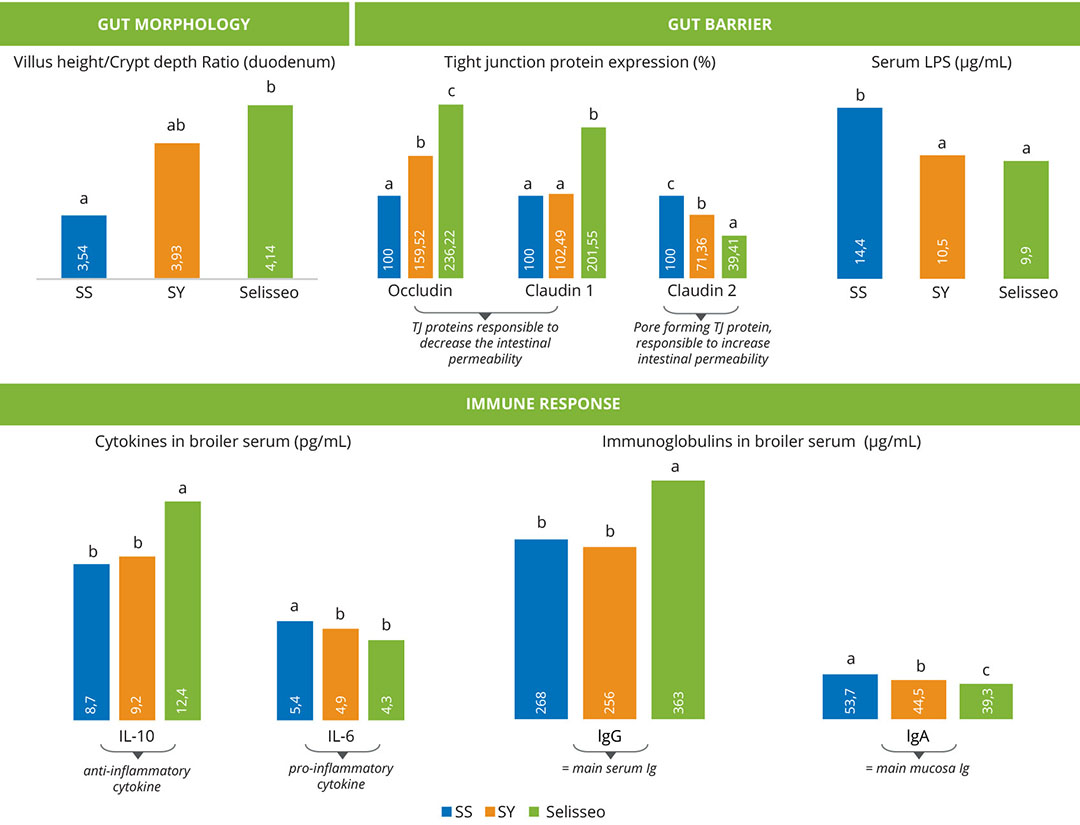
Furthermore, organic sources, specially OH-SeMet, strengthened the gut barrier (Figure 1), thanks to an increase in key tight junction (TJ) proteins and lower intestinal paracellular permeability in the gut, as reflected by a lower LPS presence in the serum (Figure 1). The modulation of the immune system was also impacted when feeding different sources of Se.
The presence of the anti-inflammatory cytokine IL-10 increased in response to OH-SeMet compared to the other sources. On the other hand, pro-inflammatory cytokine IL-6 levels were lower when organic sources were fed compared to SS (Figure 1).
Immunoglobulins (Ig), important players in the immune system, were also affected by the Se source: IgG, the major immunoglobulin present in serum, increased when OH-SeMet was fed compared to the other sources, whereas a significant decrease in IgA was detected. The lower levels of IgA in the serum reflect the increased intestinal permeability as this immunoglobulin is mainly found in the gut mucosa. Better maintenance of the immune response and gut integrity reflected the significant improvement in feed conversion (-3 pts for OH-SeMet compared to SS).
The OH-SeMet was not only better for maintaining an optimal FCR but also resulted in higher body weight gain (+57g and +59g, compared to SS and SY, respectively; Table 1).
The efficacy of OH-SeMet has also been confirmed in commercial field trials. For instance, a recent field trial in the USA, which focused on broiler growth took place under antibiotic-free (ABF) grow out conditions. The setup for the 0 and 47-day study allowed for collection of data throughout the houses, and pens that were set up within the commercial houses.
The birds received either a diet supplemented with ¼ SS + ¾ SY or ¼ SS + ¾ OH-SeMet. The results between the house and pens agreed very well with each other, demonstrating that growth performance is improved when birds consume OH-SeMet-supplemented feeds. There was an improvement in final body weight (+70g) for birds fed the OH-SeMet and an adjusted 2 to 4 points improvement in FCR across the pen and house setup (Figure 2).
Figure 2 – House and pen data regarding body weight and mortality corrected FCR to 3.42kg.
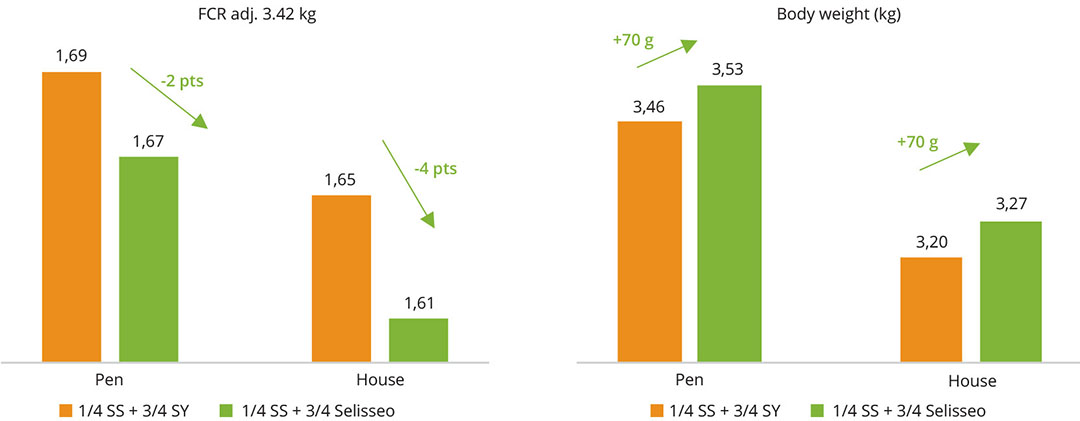
Conclusion
Broiler health, growth and productivity are largely dependent on a balance between the incredibly high rate of a bird’s metabolism, the stressors it encounters, and its ability to neutralise the highly reactive and destructive metabolites that are generated through those processes. Supplementation of organic Se, in the form of OH-SeMet, allows the broiler to build a significant level of Se in its tissues.
When the tissue Se reserve status is high under challenging conditions, with oxidative stress, the broiler is better equipped to get back to a normal oxidant balance by stabilising normal cellular processes throughout the bird. This will result in normal metabolism, more efficient immune responses, higher gut integrity, and ultimately better performance.
The efficacy and strong results of OH-SeMet confirm the fact that the source and form of Se matters for the sprinters of the poultry industry: modern broilers.
Authors:
Aurélie Moal and Denise Cardoso, Adisseo


